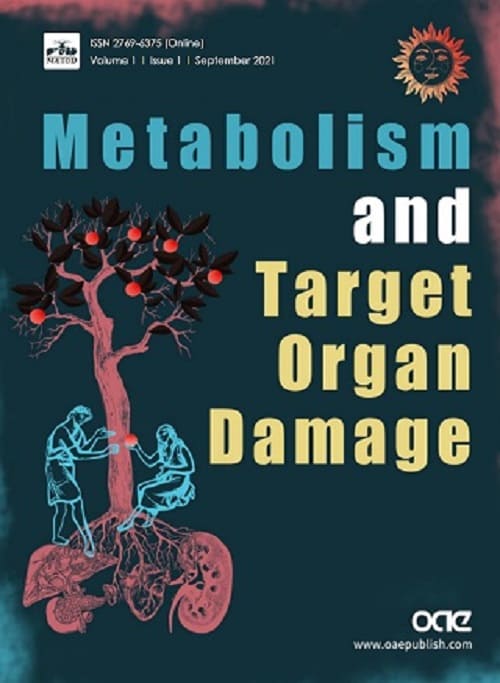Volume 1, Issue 1 (September, 2021) – 5 articles
Cover Picture: The concept inspiring the logo of the cover is “Metabolism” defined as the complex set of chemical reactions which are finalized to maintain the integrity of bodily tissues and to produce energy from food. A metabolic disease will occur whenever abnormal chemical reactions will disrupt the process of physiological bio-transformations in our body. As a result, either some chemicals will accumulate or other ones that are necessary to stay healthy will become deficient. Storage of excess energy in the form of inert fat in the adipose tissue leads to obesity. However, failure to accommodate all excess energy in the adipose tissue will lead to spillover of this fat in non-adipose tissues such as the liver, muscles and pancreas, thereby eventually leading to target organ damage. This pathogenic mechanism is defined as lipotoxicity. Although there are different groups of disorders that affect the metabolism of individual classes of nutrients (such as amino acids, carbohydrates, and lipids), in clinical practice the most commonly observed one among metabolic disorders is “Metabolic syndrome”. This definition identifies the cluster of impaired glucose disposal, arterial hypertension and dyslipidemia that often result from abdominal obesity. Impaired intracellular transmission of insulin signaling, which characterizes insulin resistance, is the shared common denominator of many patients with either incomplete or full-blown metabolic syndrome.
view this paper 









